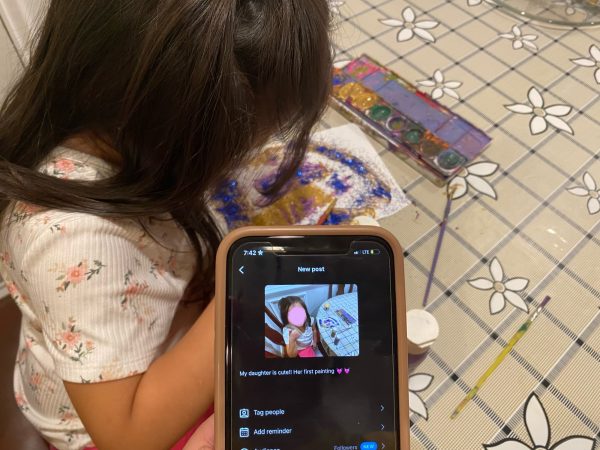Today’s youth turning into teenior citizens
Research shows that children exercise more than the elderly
In the U.S., the problem of obesity, specifically child-obesity, is only accelerating. The reason why?
Americans lead a life that is way too sedentary. All people do all day is go to work or school and come home and sit all day, and eat meals that are too big in between.
Though developing rapidly, this issue is relatively new.
A study conducted by the National Institutes of Health concluded that children of past generations exercised far more than children do nowadays.
The NIH collected this data by making people from ages 6-84 wear bracelets that tracked how many hours they spent on physical activity and being sedentary.
It also tracked vitals such as blood pressure and heart rate.
Not surprisingly, the study also demonstrated that as age increased, inactivity did as well.
However, there was an unusual outlier in the trend of this data.
The study also showed that middle and high schoolers exercise less than people aged 60 and older.
According to the World Health Organization, children and teenagers are supposed to exercise for a minimum of one hour daily.
The results of the study showed that with ages 6-11, 25% of boys and 50% of girls did not meet this requirement.
With teens, the statistics were even higher, with 50% of boys and 75% of girls aged 12-19 failing to meet the recommendation.
For doctors and parents, these results are extremely worrisome.
Exercise is necessary to build strong bones and muscles.
Daily movement also promotes protection against diseases such as type 2 diabetes and heart disease.
Even more worrisome is the rising level obesity, which are directly related to the decreasing amount of children who exercise.
The Centers for Disease Control reports that the number of children who are obese has tripled since the 1970’s, and is likely to quadruple in another 11 years.
So what is causing children to remain inactive and put on weight?
Most adults claim that the rise of the use of technology as the problem.
While it may seem like they are just trying to pin everything on phones and computers, they do have a point.
Most children who do not do the proper amount of exercise usually spend their time on things like social media and video games.
“When I was a kid, we used to go outside to hang out and play games together,” health and PE teacher ___ Dodd said. “Nowadays, kids can just go on FaceTime and Snapchat to talk to each other, so why even bother to play games outside anymore?”
While adults say that it is technology that distracts students from exercising, students say that it is actually because of a long and strenuous school day.
The average student’s course load is much more heavy now than it was for the last couple generations.
Between honors and IB classes, honors societies, clubs, sports, and spending time with friends, most students have no time to get the necessary eight hours of sleep, let alone time to run a few laps.
“I am an IB Diploma Candidate, so I take a lot of classes that require more time and effort than previous years,” junior Andres Pacheco-Rivera said. “When I get home, I barely have time to exercise, which is upsetting because I like to be active. I only have time to go to the gym three times a week, which is not as much I would like.”
This theory can also be supported by the evidence from the NIH study.
The evidence collected from the bracelet showed that the most sedentary time of day for students was from 6 am to 7 pm. This encompasses the time spent at school, on homework, and on all extracurricular activities.
It also showed that students who were more apathetic towards school spent more time on exercise.
Regardless of the true source of the problem, one thing is clear: students are not exercising nearly as much as they should.
Many things can be done to sort this issue out.
While not much can be done at school, teachers can try to incorporate activities that make students get out of their seat, even if only for a few minutes.
At home, parents can try to have the whole family exercise together by planning activities such as a walk around the neighborhood.
However, the most change can only be done by students.
All students need to try to incorporate physical activity into their days. Though many might not think so, working out is just as important as eating breakfast in the morning and studying for tests.
Making small lifestyle changes, like walking to school or taking the stairs more often, can add up to the hour of exercise necessary to live a healthy life.

Senior Suad Mohamed is currently the Co-Editor in Chief and this is her fourth year on staff. Last year, she was the In-Depth Editor. Besides The A-Blast,...






